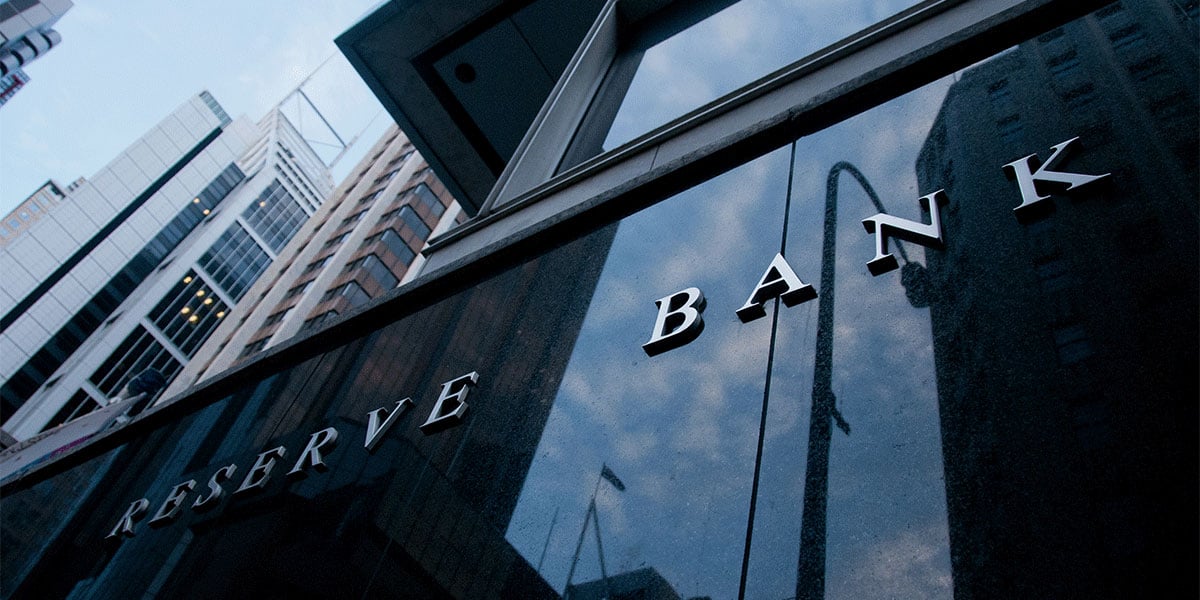Download the PDF

This week, the Reserve Bank of Australia (RBA) ignored soft national wage, employment, and retail sales data, to continue its tightening cycle by lifting the cash rate above 4%. In unexpectedly raising rates, the RBA signalled a shift in emphasis in the driver of monetary policy. The shift in emphasis is towards unit labour costs, in contrast to wage costs.
The distinction is important because it is unit labour costs (the labour cost of producing a unit of output), rather than wage growth (the cost of a unit of labour) that is the driver of inflation. In other words, even if wage growth increases, if it is matched by a lift in productivity, then the cost per unit of output (unit labour costs) remains constant and businesses are not under pressure to pass on higher wage costs to consumers in order to preserve profitability.
And herein lies the fundamental problem facing the RBA and the Australian economy more general. Wage growth has been outstripping productivity growth, not just by a bit, but by a lot. Wednesday’s national accounts data showed that unit labour costs rose at an annual rate of 7.9% over March quarter 2022 to the March quarter 2023, slightly higher than the rate of inflation of 7.0%. Worse still, unit labour costs have been climbing steadily for a year now, from an annual rate of just 3.4%.
Importantly, it is not wage growth that has been the culprit in driving unit labour costs, but productivity growth. Back in the June quarter of 2022, the national accounts’ measure of wage growth (compensation of employees per hour) was growing at an annual rate of 2.9%, while unit labour costs were growing at 3.4%, for a growth rate in productivity of -0.5% (i.e., 2.9 minus 3.4).
Step forward to the first quarter of 2023 and annual wage growth remains at 2.8%, but unit labour costs have blown out to 7.9%, for a whopping drop in productivity of around 5%. The RBA’s concern is that without productivity gains, a lift in wage growth towards 4% will cause unit labour costs to spike to even higher rates.
Businesses confronted with rising unit labour costs have three options. One is that they can seek to maintain profit margins by passing on the higher costs to consumers in the form of higher prices. Another is that they can attempt to cut costs (e.g., by resisting wage claims) to maintain profit margins. Finally, they can absorb higher unit labour costs through lowering profit margins.
Of course, labour unions and the Federal government feel that businesses can absorb some of the higher wage costs through a reduction in profits. Do they have a case? It’s certainly true that we have witnessed a remarkable increase in corporate profits since the beginning of Covid. The ABS’s measure of company profits (corporate gross operating profits) has increased by 50% since the March quarter of 2020.
Over the same period, the total wage bill has increased by just 20%. However, this comparison overstates the impact of the rise in profits, as around 20 percentage points of the increase in corporate profits has been due to an almost doubling of profits in the mining sector.The surge in mining sector profits has little to do with domestic demand and price conditions and everything to do with foreign demand and price settings. Excluding mining from the calculation shows that corporate profits increased by 32% rather 50%; still some 10% more than the increase in the wage bill.
Evidence is emerging that businesses are at a tipping point, where they can no longer simply pass on the higher unit labour costs to consumers. The national accounts data showed that corporate profit growth slumped to a quarterly pace of just 0.5% in the March quarter. Looking back over the last 12 months, productivity has fallen by around 5% over the last year. So, where does this leave the RBA and the Australian economy? Let’s start with wages, productivity, unit labour costs and inflation.
The RBA will be concerned with the recent impact on wage growth of the Fair Work Commission minimum and award wage decisions and the public servant agreements signed by State governments. Given that the low-income workers and public servants that these awards cover are predominately employed in services sectors, the RBA will be concerned over the pressure this brings to bear on services inflation.
While some recovery in productivity growth can be expected, it will fall short of lowering unit labour cost growth to a rate that the RBA will be comfortable with. We can therefore expect further rate hikes from the RBA, with another 25 basis point (bp) hike in July or August, with the possibility of another 25bp rate hike to follow.
With economic activity slowing (national accounts showed GDP growth of just 0.2% over the March quarter) and more rate hikes to come, the Australian economy is holding on by a thread. Not only is the landing strip for a soft landing narrowing, it is shortening as well, with both the June and September quarter growth rates now vulnerable to a negative outturn.

